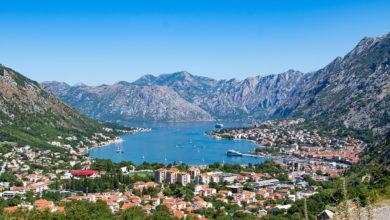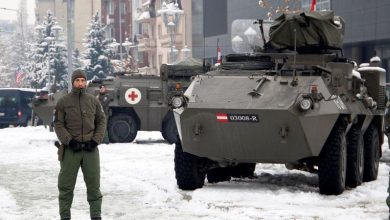Top 5 youngest countries in the world

Have you ever wondered how many countries are located on our globe? You will be surprised, but it will not be possible to get an unambiguous answer to this question.
The world political system is a very fluid and fickle phenomenon. The formation of autonomies is still taking place, albeit much less frequently. Today the figure ranges from 193 to 256 countries. Why is that? Because there is no single regulation according to which a young state is adopted at the world level.
What are the youngest countries in the world, and how old are they? Let’s take a closer look at these issues in this article.
5. Palau (1994)
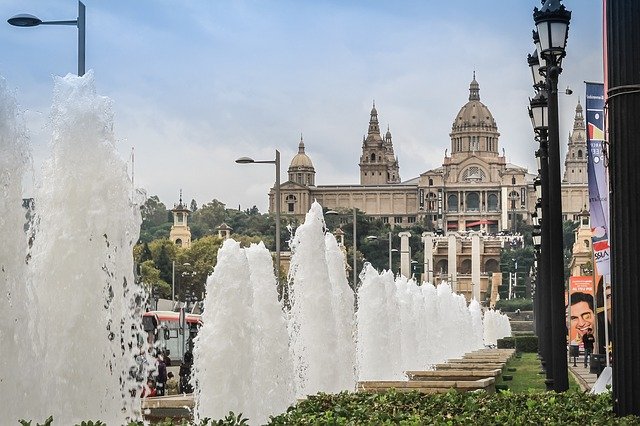
Palau is a young island nation with an area of 458 sq. km. At various times it was part of Spain, Germany, the USA, Micronesia and for a long time tried to achieve sovereignty. In 1994 it gained its long-awaited independence.
The island location contributes to the development of tourism: the waters of the Pacific Ocean, evergreen tropical forests, high green islands scattered chaotically in the waters, an equatorial climate with an average monthly temperature of 24-28 degrees, beaches with clear waters, and a low crime rate.
The main industries are fishing, animal husbandry, timber and mineral extraction, the cultivation of coconut palms, bananas, citrus fruits, sweet potatoes. The handicraft sector (mainly art) is developed, the population is engaged in the manufacture of products from shells and pearls. But Palau still has a high need for financial assistance from the United States, as its budget barely covers the deficit.
The main plus for Palau is the interest of foreign investors. They use the tourism boom, investing heavily in the hotel business, constructing administrative facilities, and contributing to the development of transport links.
4. East Timor (2002)
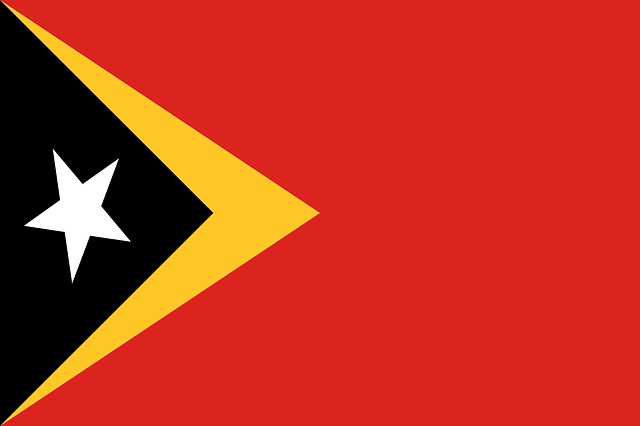
One of the youngest countries in the world, East Timor, is located in Southeast Asia and was formerly considered a Portuguese colony. Occupies an area of 15.007 sq. km. with a population of 1.3 million people.
After secession from Portugal in 1975, a confrontation with Indonesia began, which lasted until 2002. The civil war of the 1976-1999 period strongly affected the economic order of Timor. The destruction of the system was colossal. Until today, the level of the economy is equal to a poorly developing agrarian state.
The agricultural sector is focused on export supplies of coffee, rubber plants, coconut trees; rice, cane, legumes, and corn are grown for the population’s needs. Livestock raising is aimed at breeding buffaloes, goats, and horses. Oil and gas production, fishing, forestry, handicrafts are of secondary importance in developing the economy. Pearl fishing remains the most common way to make quick money.
Tourist rest has not yet been established: guests can stay only with residents since there are simply no comfortable hotels. Even in the capital city of Dili, it isn’t easy to find normal living conditions. The situation is the same with restaurants and cafes. The resorts of East Timor are a rather abstract concept since the state does not differ in many attractions. The main attractions will be beaches, hiking in the mountains or sandalwood forests, and contemplating beautiful landscapes.
Dili resembles a provincial town in Portugal – the result of the colonial past, the image of which is complemented by statues of Jesus Christ and Catholic churches. But this young power also has its own “zest”: health resorts. They are not medical institutions but rest for the soul in the peaceful bosom of untouched nature.
3. Montenegro and Serbia (2006)
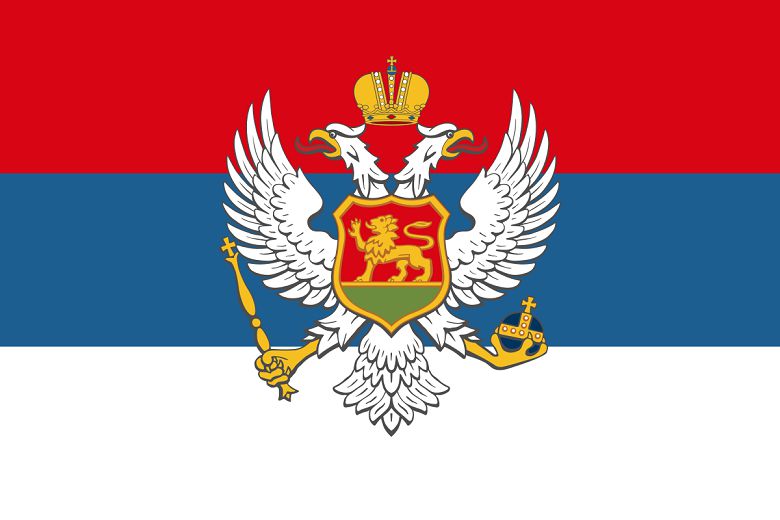
After the collapse of the Yugoslav Republic, Serbia and Montenegro tried to become their successors but did not receive support from other powers. In 2002, they signed an agreement, according to which each of the parties has an independent economy and legislation, state symbols and attributes, and also at any time has the right to withdraw from the partnership.
In 2006, Montenegro initiated a referendum to gain independence. Despite a well-thought-out agreement providing for such moments, the situation ended in a huge scandal and property division.
The main segments of the economy in both countries are industry, agriculture, and the service sector. The main problems of the young states can be identified as a high level of corruption, a weak resource base, and an aging population.
4. Kosovo (2008)
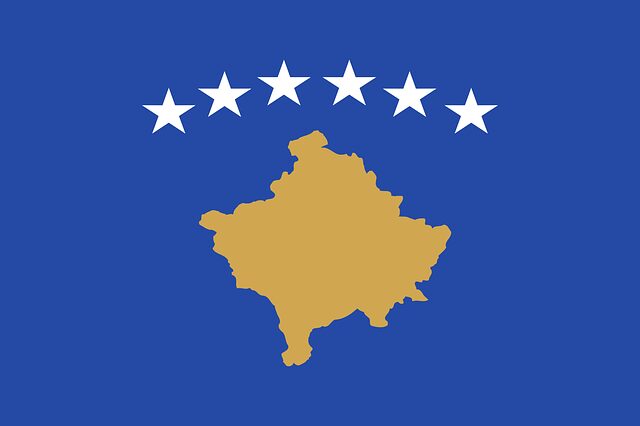
The Republic of Kosovo has remained a partially recognized state since 2008. She gained independence but is conditionally considered part of Serbia. A small young country with an area of only 10,887 sq. km does not allow the Serbian authorities to dictate conditions and control the activities of the state. The unresolved problem with international status does not provide an opportunity to attract foreign investment.
The population of Kosovo is about 1.7 million, mostly Albanians. The largest city is Pristina. It is home to about 200 thousand people. The second major center is the city of Prizren, with a population of just over 100 thousand people.
Kosovo is considered one of the poorest European states, fueled by unemployment, low living standards, and low wages for the working class. Most of the working population leaves for work in other countries and sends money to their families. Despite this, Kosovo has great economic potential.
There are mineral deposits on the territory of Kosovo: brown coal, zinc, bauxite, lead, nickel, and others. The industry is developing slowly. Metallurgy and mining, energy, textile, and food industries are considered the most developed areas. But, along with these industries, shadow business, smuggling, and drug trafficking are flourishing. According to UN estimates, about 80% of all illegal shipments to Europe are carried out through the territory of Kosovo.
The peaceful environment is conducive to economic recovery, but the lack of recognition from the world powers greatly aggravates the situation, depriving Kosovo of investments and plunging the country into stagnation.
5. South Sudan (2011)
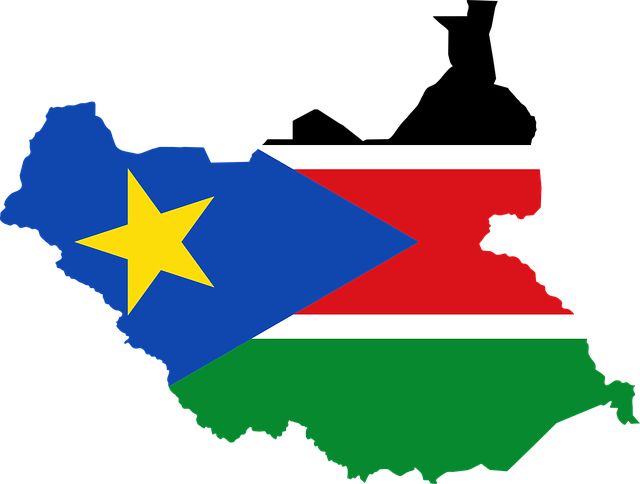
At the moment, South Sudan is considered the youngest country in the world. The area is 620 thousand square Km. There is only 30 km of paved roads on the territory of South Sudan, and there is not even a running water in the capital. Nevertheless, the population does not lose heart and hopes for the prosperity of their homeland.
In the summer of 2011, South Sudan gained sovereignty through civil war, protracted armed conflicts, and thousands of civilian deaths. But the autonomy was not ready for independent existence, having lost most of its economic projects.
The Nile River stretches across the entire territory of South Sudan, the southern territory is covered with tropical monsoon forests. There are many protected areas and protected areas, as the government tries to preserve the richness and diversity of its nature, which has created ideal conditions for elephants, lions, giraffes, buffaloes, African antelopes, etc.
The main problems of the young state are considered to be a high percentage of infant mortality, poor-quality nutrition, lack of drinking water, and lack of developed medicine.
The economic state of the state has been undermined by many years of military action, but the possibility of rehabilitation exists. The state budget is 98% dependent on oil sales. Copper, zinc, gold, and silver are also mined. The population grows cotton, sugarcane, peanuts, mangoes, bananas, wheat, camels, and sheep. The country’s only attraction is its natural wealth. A paradise for tourists was dreaming of safari, and on the border with Congo in the National Park, you can meet wild animals and observe their life in their natural habitat.


